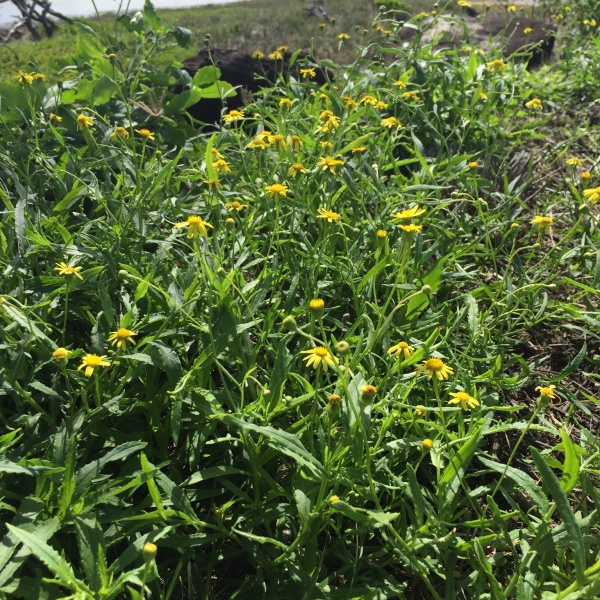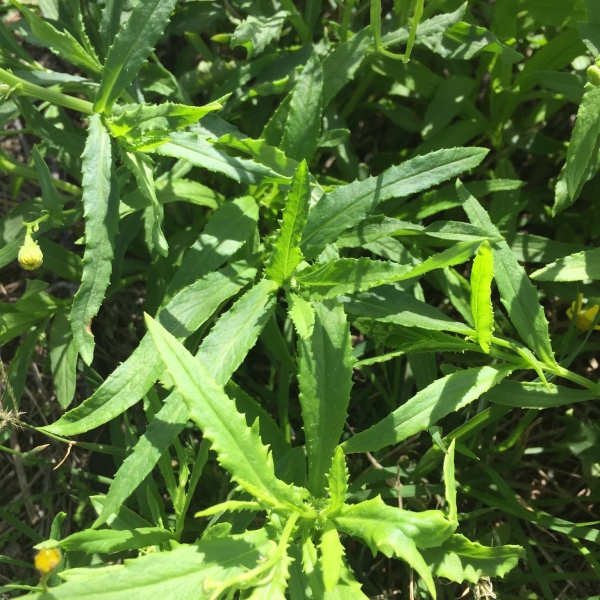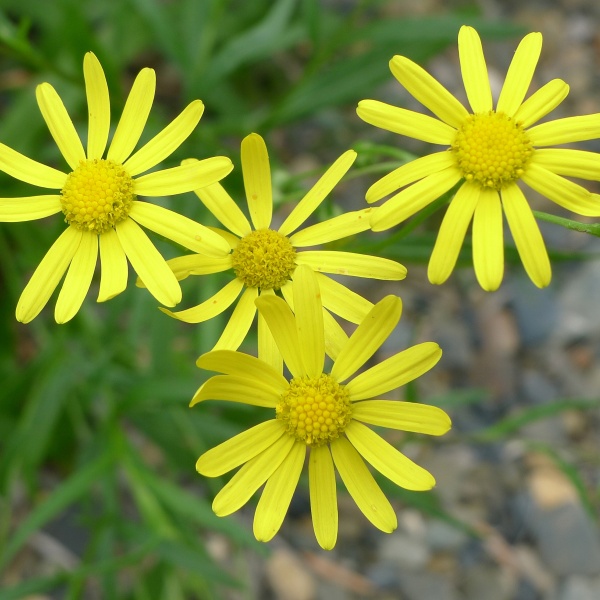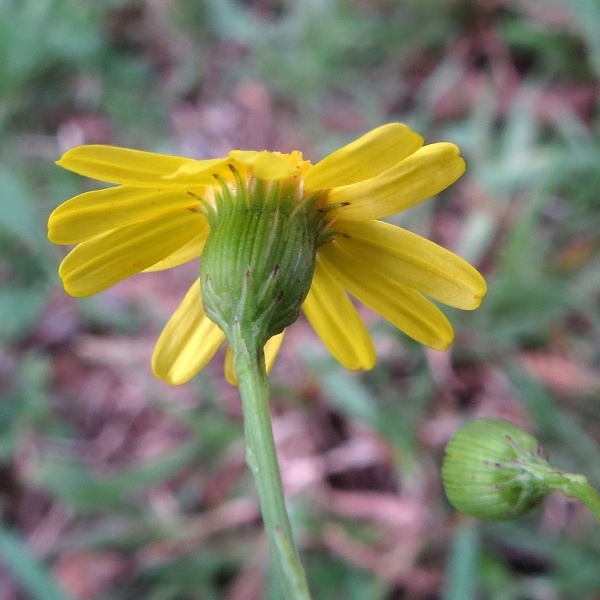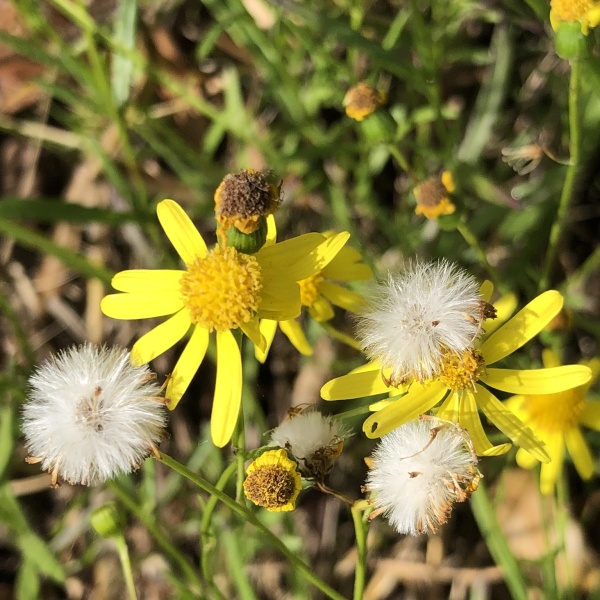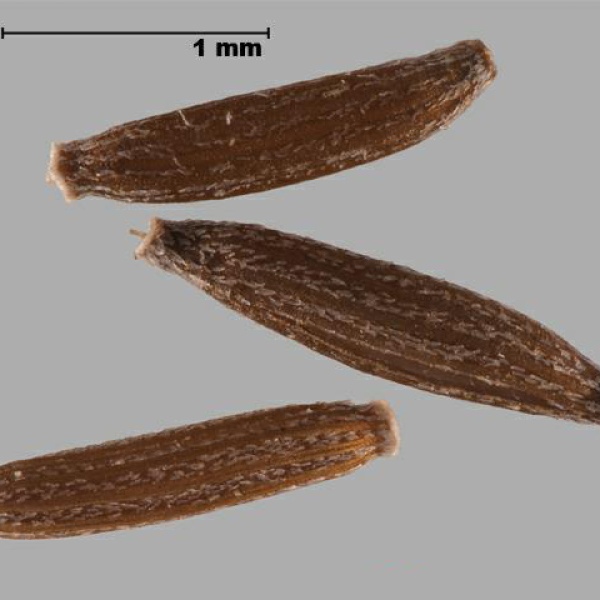Madagascar ragwort (Senecio madagascariensis) is a troublesome weed in the aster family (Asteraceae). The plant reduces pasture productivity by strongly competing with desired pasture species. If ingested, it can cause liver damage to people and livestock. Madagascar ragwort may also negatively affect biodiversity by competing with native grasses and other low-growing plants. It is likely to indirectly contribute to soil erosion.
Report a Madagascar ragwort sighting
Where it's found
Madagascar ragwort has not been found in Canada. The species is native to South Africa, Eswatini, Mozambique and Madagascar. It has been introduced into Argentina, Australia, Colombia, Japan, Kenya, Mauritius, Réunion, and the state of Hawaii in the United States. Madagascar ragwort colonizes a wide range of habitats, elevations and soil types. It is often found in arid or moist pastures, coastal plains, yards, fields and roadsides.
How to spot it
Madagascar ragwort is a short-lived perennial herbaceous plant. It has a shallow taproot and can grow up to 60 cm tall. The plant's stems grow upright and are often significantly branched. The leaves are bright green, finely to coarsely toothed and approximately 12 cm long by 2.5 cm wide. The flower heads are yellow, daisy-like, and between 12 and 25 mm in diameter. Narrow leaf-like bracts surround the base of each flower. Madagascar ragwort seeds are ribbed, elliptical and up to 2.7 mm long and 0.6 mm in diameter. The bristles on top of the seeds are white, two to three times longer than the seeds themselves, and readily detach.
How it spreads
Madagascar ragwort may be introduced via imported grass or pasture seed. It can also be carried on the clothing, shoes or personal effects of travellers. Its seeds are small and light and are easily dispersed by wind, wildlife, livestock and humans in association with contaminated soil, hay and vehicles.
What you can do
- Use clean grain, hay and straw
- Use clean, high quality seed that is certified if possible
- Maintain healthy and diverse pastures
- Leave natural items in their natural habitats
- Brush off clothing and clean footwear and camping gear to avoid spreading seeds and plant material
- Ensure machinery, vehicles and tools are free of soil and plant parts before moving them from one area to another
- If you think you've spotted it in Canada, report a Madagascar ragwort sighting to the Canadian Food Inspection Agency. We will follow up and determine if further action is needed.
What we are doing
Madagascar ragwort is regulated as a pest in Canada under the Plant Protection Act. It is also listed as a prohibited noxious weed in the Weed Seeds Order, 2016 under the Seeds Act. Importation and domestic movement of regulated plants and their propagative parts is prohibited.
- RMD-13-04: Consolidated Pest Risk Management Document for pest plants regulated by Canada
- D-12-01: Phytosanitary Requirements to Prevent the Introduction of Plants Regulated as Pests in Canada
More information
- Weed seed: Madagascar ragwort
- Invasive plants field guide
- Learn more about invasive species

